In recent times, there has been an increasing fascination with the incorporation of glass and metal components in the construction of commercial establishments within the metropolis of New York. This inclination is primarily driven by the aspiration to amplify the penetration of natural light within these edifices, which has been shown to yield multitudinous gains such as enhanced efficiency and increased revenue. In this exposé, we shall expatiate on the sundry means by which glass and metal can be harnessed to augment natural illumination in New York City’s commercial spaces and the accruing benefits of such deployment.
1. The Benefits of Natural Light in Commercial Spaces
The presence of natural light in commercial premises has a noteworthy influence on the individuals inhabiting such spaces. Research indicates that it can foster an uplifted mood, heighten efficiency, and diminish instances of absenteeism among the workforce. In retail settings, natural light can engender elevated sales, as it engenders a more alluring ambiance for patrons. Furthermore, scientific investigations have demonstrated that exposure to natural light can enhance circadian rhythms, which, in turn, can improve slumber quality and bolster general well-being.
2. Glass and Metal as Materials for Enhancing Natural Light
Glass and metal are two frequently utilized materials in commercial construction due to their propensity for augmenting natural light penetration within a given locale. These substances are renowned for their exceptional robustness, minimal upkeep requirements, and energy conservation qualities, which render them prime alternatives for deployment in commercial settings.
3. Glass Walls and Partitions
The utilization of glass walls and dividers constitutes a superlative approach to incorporating natural light in a locale whilst simultaneously providing insulation against intrusive sounds and safeguarding privacy. These partitions can be either fixed or mobile and can be procured in a plethora of hues and textures that seamlessly harmonize with the surrounding décor.
4. Skylights and Roof Glazing
Roof glazing and skylights serve as an alternative method of infusing natural light into an area. Not only do these components contribute to passive solar heating and cooling, which, in turn, curbs the building’s energy utilization, but they can also be automated to enable natural air flow, thereby augmenting indoor air quality and reducing the requirement for mechanical ventilation.
5. Glass Doors and Windows
Glass doors and windows are conceivably the most prevalent mode of assimilating natural light into a location. These doors and windows are obtainable in a range of designs, ranging from sliding doors to frameless windows, and can be customised to satisfy precise energy efficiency and safety standards.
6. Metal Framing for Glazing
Metal framing is a fundamental part of numerous glazing systems, serving as a crucial structural support for the glass while simultaneously enabling design flexibility. Various finishes, such as anodized aluminium, stainless steel, and powder-coated steel, are obtainable for metal framing, making it possible to harmonize with the space’s aesthetic.
7. Custom Metal Fabrication for Light Enhancement
Bespoke metal fabrication presents an opportunity to manufacture exclusive features that amplify the natural light within a given area. A case in point is the bespoke metal screens that can be crafted to sift and scatter natural light, culminating in a cozier and more alluring milieu.
8. Energy Efficiency and Sustainability
Incorporating glass and metal into commercial construction can lead to substantial gains in energy efficiency and sustainability. Both materials boast exceptional durability and require minimal upkeep, leading to fewer repairs and replacements. Furthermore, glass and metal are incredibly eco-friendly since they can be recycled without difficulty, rendering them a perfect preference for sustainable construction schemes. The superior thermal capabilities of glass and metal are an added bonus, contributing significantly to decreasing a building’s energy usage.
9. Cost-Effectiveness
While conventional materials may be deemed more affordable than glass and metal components, the latter can prove to be economical in the long term. The sturdiness and minimal upkeep characteristics of glass and metal can decrease the necessity for recurrent repairs and replacements, leading to monetary savings in the long run.
10. Aesthetics and Design
Glass and metal constituents possess a remarkable versatility and can be employed in a diverse range of designs to establish a distinctive and unparalleled aesthetic for a commercial environment. Whether the desired effect is a sleek and contemporary design or a more conventional and elaborate approach, glass and metal can be customised and personalised to cater to the unique design requisites of a project.
11. Noise Reduction
Glass and metal elements can also play a pivotal role in minimising noise levels within a commercial area. The installation of glass partitions can furnish sound insulation, thus diminishing the noise transference between separate sections of a building. In addition to this, the incorporation of metal framing can further aid in reducing noise levels as it possesses a high capacity for mitigating sound vibrations.
12. Privacy and Security
Though glass elements are capable of illuminating an area naturally and creating a sense of spaciousness, they can also pose potential risks to privacy and security. Fortunately, the latest breakthroughs in glazing technology have rendered it achievable to fabricate glass elements that deliver heightened levels of privacy and security, whilst retaining the advantages of natural light.
13. Safety Considerations
Glass and metallic components necessitate compliance with specific safety requirements to ensure the protection of individuals within a commercial setting. The regulations and building codes define precise criteria for glass and metal components, including their ability to resist impact and fire. It is imperative to enlist the services of competent experts who possess a comprehensive understanding of these criteria and can verify that all glass and metal components adhere to the essential safety standards.
14. Conclusion
Incorporating glass and metal components in commercial building design can augment the amount of natural light, resulting in a multitude of advantages ranging from heightened productivity and amplified sales to bolstered well-being and ecological preservation. By comprehending the diverse manners in which glass and metal can be implemented to intensify natural light, and taking into account the project’s unique design and safety prerequisites, it is conceivable to produce a space that is both practical and visually appealing.

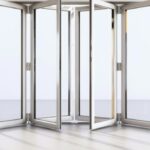

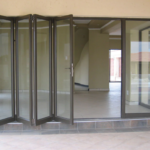

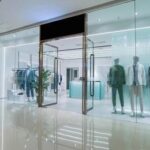
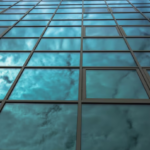
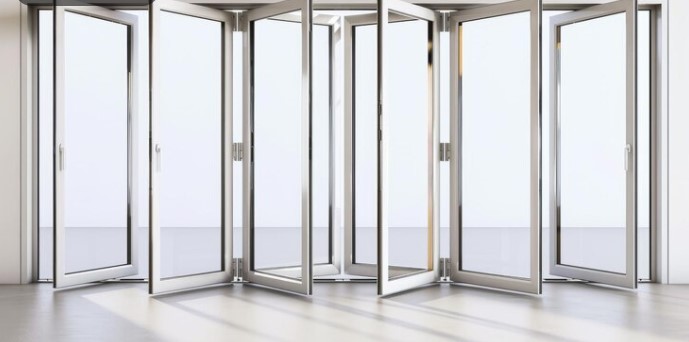
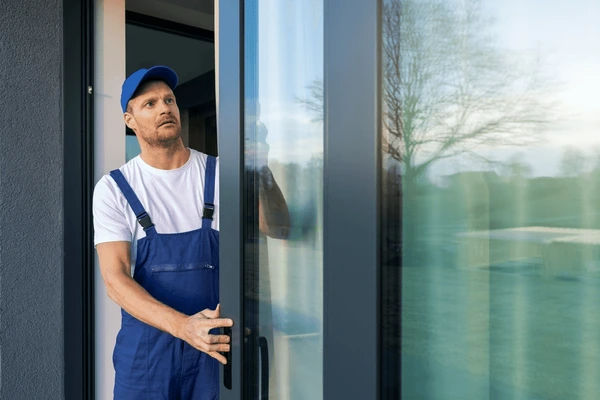
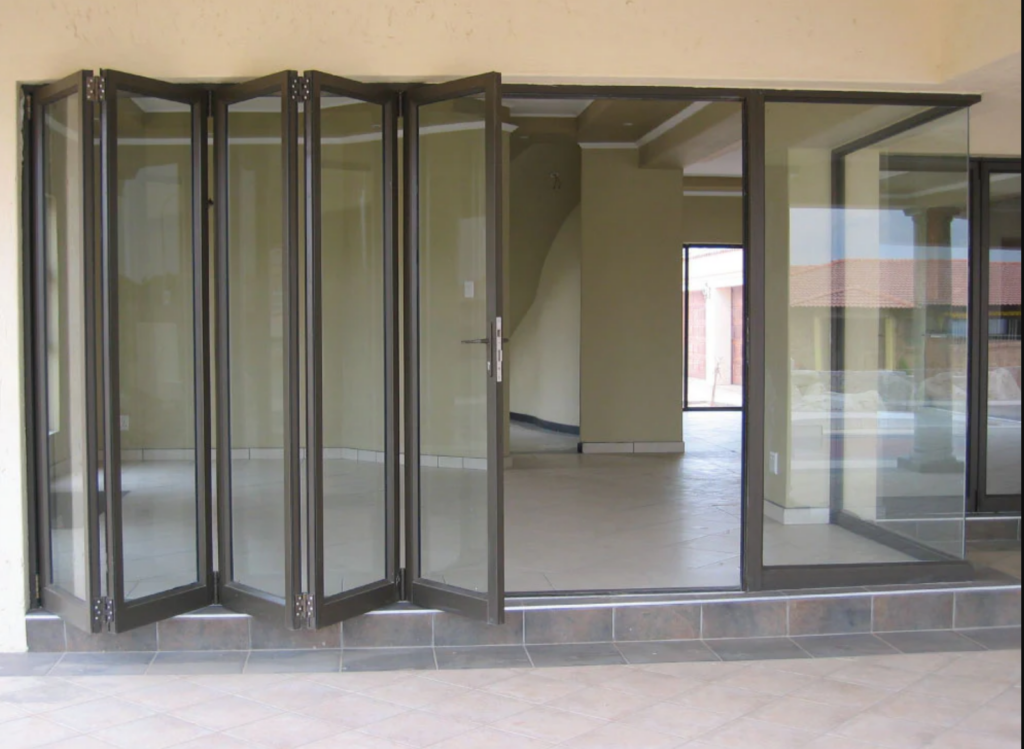
Leave a Reply